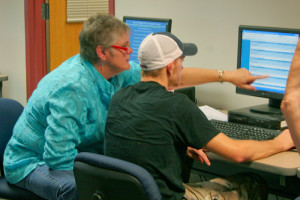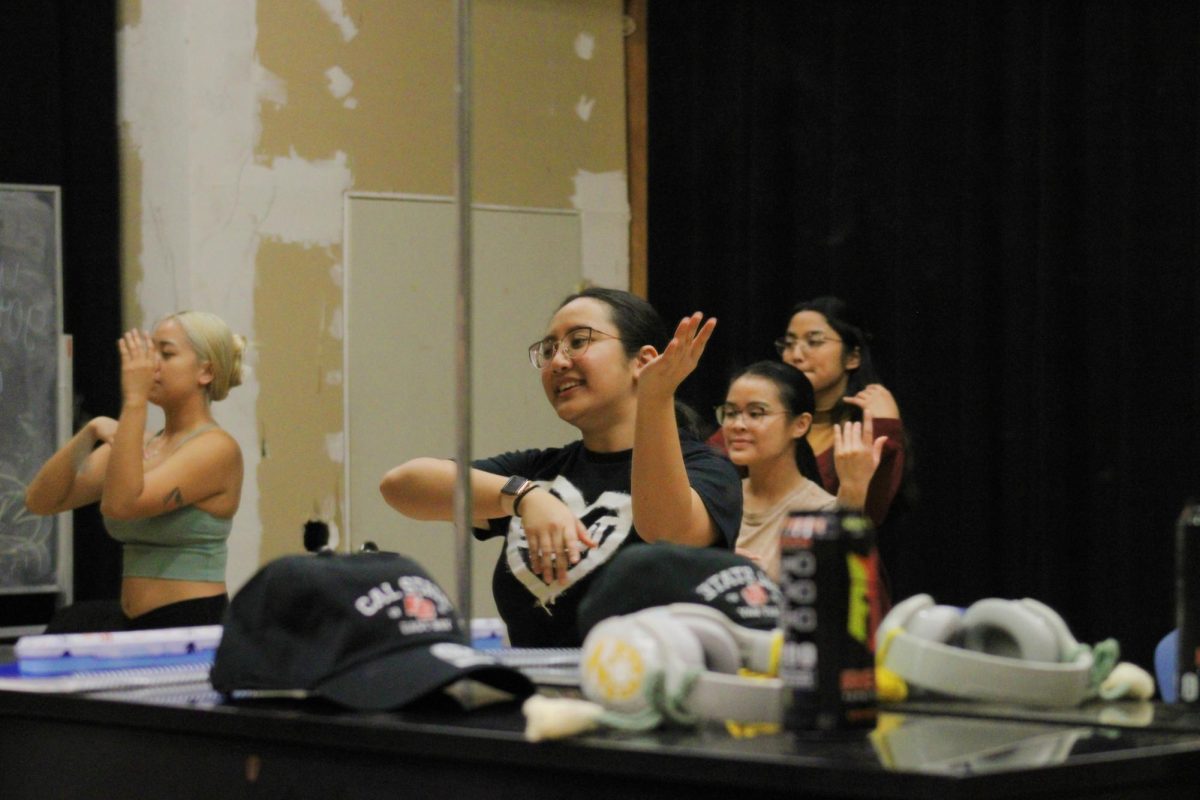
for the classes they need.
Beginning Summer quarter of 2012, CSU, East Bay, along with the other 22 CSUs will be implementing limits on course registration for the upcoming academic year.
CSUEB, along with CSU San Bernardino, Cal Poly Pomona, Cal Poly San Luis Obispo, CSU Los Angeles and CSU Bakersfield which operate their institutions on the quarter system, will be setting a cap on the maximum amount of units undergraduates can take per quarter at 17.
Graduate students will not be affected by this new directive.
The other 17 campuses, which operate under the semester system, will have a maximum cap of 15 units per quarter.
This directive was sent straight from the Chancellor’s office in March, according to both Dr. James Houpis, Provost and Vice President of Academic Affairs at CSUEB, and Dr. Linda Dalton, CSUEB Vice President of Planning, Enrollment Management and Student Affairs.
“Because we have budget restraints they wanted to be sure that all students who are enrolled had a chance to at least get some classes and have progress towards a degree,” explained Dr. Dalton.
Dalton explained this directive is still fresh and was just sent out while our university was on spring break.
“They calculated that if you literally took 15 units every quarter or every semester it doesn’t make any difference, you could graduate in exactly four years,” said Dr. Dalton.
Originally, CSUEB had a maximum unit cap of 22 units without need for approval after the first enrollment, and 16 for the first, a policy individually created by the university, though other CSUs differed in their own limits.
According to Houpis, it was originally proposed by the Chancellor that quarter system university’s only allow 16 units as a maximum amount for a quarter but that notion was shot down due to the fact that mathematically it would not work for the campuses that were under the quarter system.
“We raised a concern that what works for 16 units for semester students doesn’t work for quarter students,” Dr. Houpis explained.
By allowing 17 units, this gives students the opportunity to sign up for as many as five classes.
Houpis explained the schools wanted to give their students a chance to enroll in classes that may be worth five units as well as be able to take four four-unit classes and a lab that they may need for their general education as well as a requirement for their majors and minors.
“There are a few five unit courses on campus if you have to take some of the math courses, science courses specifically are five units […] it would really hamper our campus if you make it 16,” Dr. Houpis said.
According to Dalton, science majors will be the most affected by this change as it may — and most likely will — become harder for them to be able to add all the courses necessary for their major with this limit.
While Houpis agrees with his colleague, he believes the students who will be directly affected the most will be the high unit majors such as Art and Engineering.
“Any program that usually has four-unit classes; the students are going to be less impacted,” said Dr. Dalton.
While 17 may be the cap, Dalton announced the possibility of exemptions for students in certain situations, such as a senior who may need more than 17 units to graduate.
“They made an automatic exception for graduating seniors,” Dr. Dalton explained. “At this campus that is defined as somebody who has filed for graduation and has completed 150 units. The proposal on this campus is they would just go to the old rules, in other words they could go up to 22.”
Houpis also noted students who are in the high unit majors could also be allowed the exemption to register for more units as well as those who are a part of the teacher credential programs.
While there have been questions from students regarding whether or not they will still be able to graduate in four years, Houpis expressed confidence CSUEB undergraduates can still be able to leave this university with their bachelor degree in hand after four years.
“They still can do it,” Dr. Houpis said confidently. “If you are taking 15 a quarter, you can get it done in four years, you can complete your 180 units in four years.”
Dalton believes this new policy will increase the availability of classes for students who may be lower on the priority list for registration, as students will no longer be allowed to sign up for 16 units during the first wave of registration, though she did express a potential drawback.
This means freshmen who may come into the university as undeclared majors will have to make a decision on choosing a major quicker than usual in order to gain access to the classes they are going to potentially need in order to graduate.
“Students will need to be more careful in selecting classes […] good advising and focus on what they really need to get,” said Dr. Dalton.
Both made it clear they are positive this unit cap had everything to do with the continuous budget cuts that have faced the CSU system over the course of the last few years.
According to Houpis, if the ballot measure passes in the November election there will not be another $200 million cut from the CSU system and it will have placed the total amount of money lost from CSUEB to roughly $1 billion.
“I think that as hard as we try that is probably going to be the result of this, because with less money it will be harder for students to get exactly what they want,” Dr. Dalton expressed.
“I never thought I’d live the day to see that we blame policemen, firemen and teachers on our economic woes and screw our students,” Dr. Houpis explained with sorrow. “It’s unfortunate the way things have turned out.”












